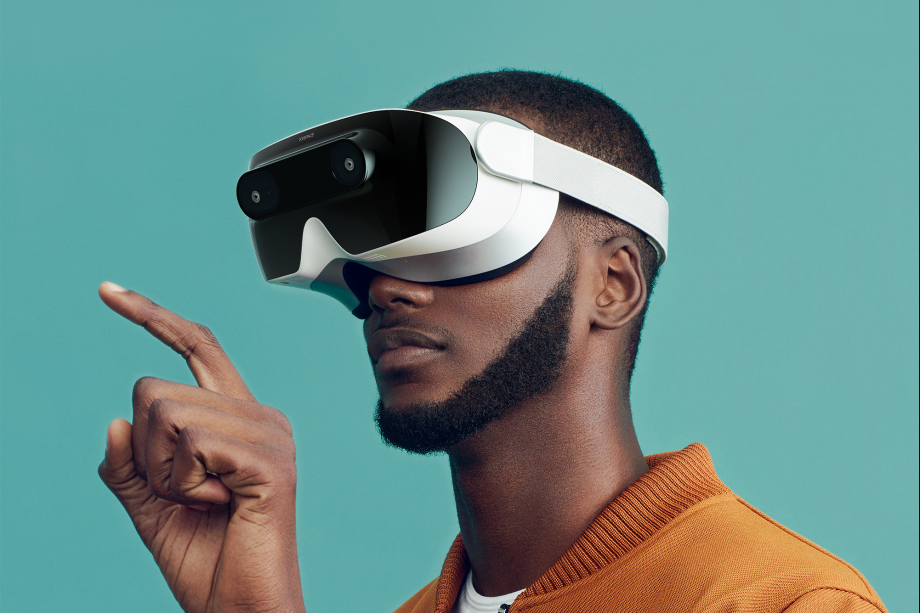What is the Screen Door Effect?

Anyone interested in buying their first VR headset may have come across the ‘Screen Door’ Effect. But what is it, and why does it matter?
Looking for new tech can be an overwhelming experience, especially when you’re getting so many different terms thrown at you at once.
Thankfully, we’re here to explain what the Screen Door Effect is, why it matters and how it might impact your next VR experience. Keep reading to find out more.
What is the Screen Door Effect?
The Screen Door Effect (SDE) is the phenomenon of using a VR headset and seeing what looks like a screen door, making the picture look more grainy and almost like you’re seeing your game through a grid.
This is due to the fact that we are looking close up against a screen, with some people being able to see the small black spaces between pixels.
SDE can look different for different people since our eyes all take in light and colours uniquely, also meaning that the effect may bug certain people more and make their experience a lot worse. It will also depend on the type of headset you are using.
Why does the Screen Door Effect happen?
SDE occurs since our eyes are so close to the flat panel display, and those displays use pixels. Between each pixel there is a small amount of space that is not lit, and those black little dots look like a screen mesh door, resulting in the effect.
It’s worth noting that the Screen Door Effect does not strictly occur on VR headsets and can be found on other types of displays. However, since our eyes are so close to the VR display, it is a lot more noticeable, as you are able to pinpoint specific pixels a lot more than you would on a TV or desktop monitor.
Can I fix the Screen Door Effect?
If you want to avoid dealing with SDE, it may be worth looking for a VR headset that has a high-resolution display. If a screen has a higher resolution then it will have more pixels per square inch (PPI), meaning that the pixels on the screen are closer together and there is less space between them.
Since there is less space between pixels, there are fewer black, noticeable marks on the screen. This limits the Screen Door Effect, and technically it can be eliminated altogether if the screen resolution is high enough.
Certain headsets, like the Vive Flow, pack a 3.2K screen with a 75Hz refresh rate, with our Hands-On noting how great the display looked. However, even high-quality headsets like the PSVR are prone to the SDE, with our review noting that in certain environments, mostly low-light, the effect is very obvious.
Overall, even high-quality headsets can highlight the Screen Door Effect, suggesting that this issue may pop up for a while until the technology is ironed out. However, we would recommend that you try and ignore the Screen Door Effect as much as possible while playing and instead try and immerse yourself in the experience.








